Business Process Management (BPM) and BPMN Workbook Assignment
VerifiedAdded on 2023/03/20
|13
|699
|31
Report
AI Summary
This document presents a comprehensive solution to a Business Process Management (BPM) workbook assignment. The solution addresses key concepts including a comparison between Business Process Reengineering (BPR) and the more modern Business Process Management (BPM) approaches, discussing their benefits, shortcomings, and the phases of the BPM lifecycle. It includes a detailed analysis of how BPR and BPM can be integrated for continuous improvement. The assignment also covers Foundations of BPMN, including how to connect BPMN pools and elements. Additionally, the solution analyzes a case study involving advanced BPMN/BPM lifecycle scenarios, including process diagrams, waiting times, cycle times, and work in progress (WIP) calculations. The document also explores potential improvements, identifies impacts, and presents To-Be models for process optimization, including a fishbone diagram and process flowcharts. The document provides a valuable resource for students studying BPM and related topics, offering insights into process analysis, improvement strategies, and BPMN modeling.
1 out of 13
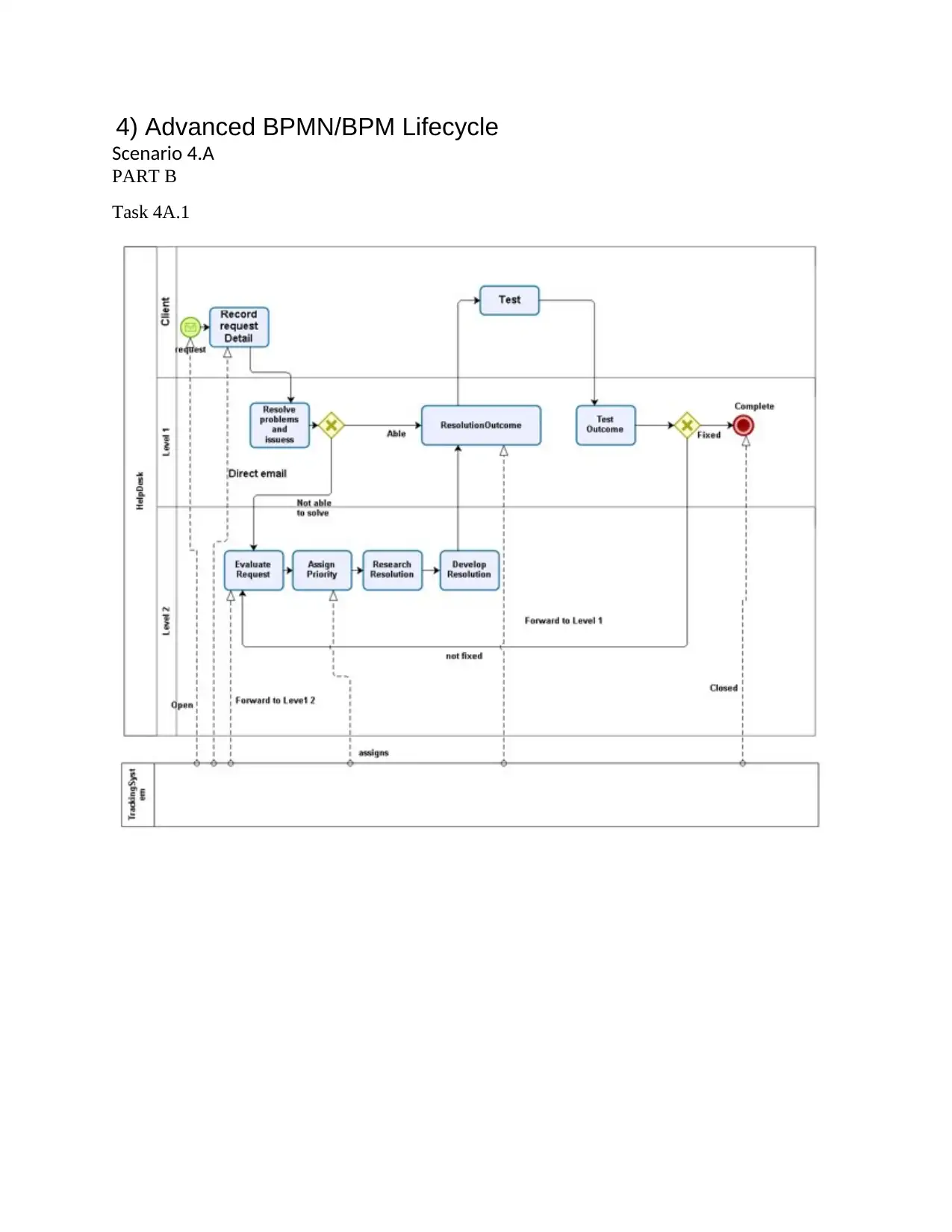
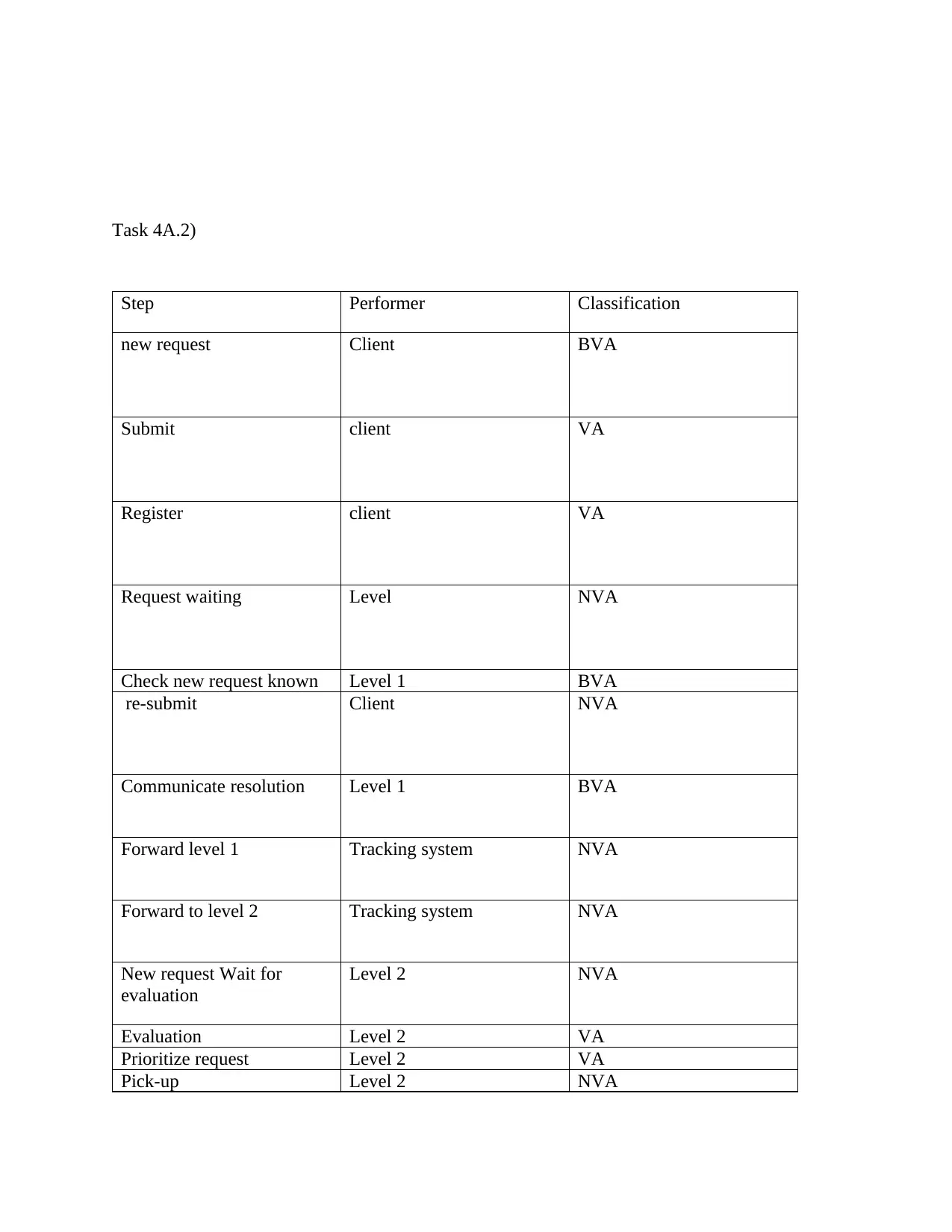
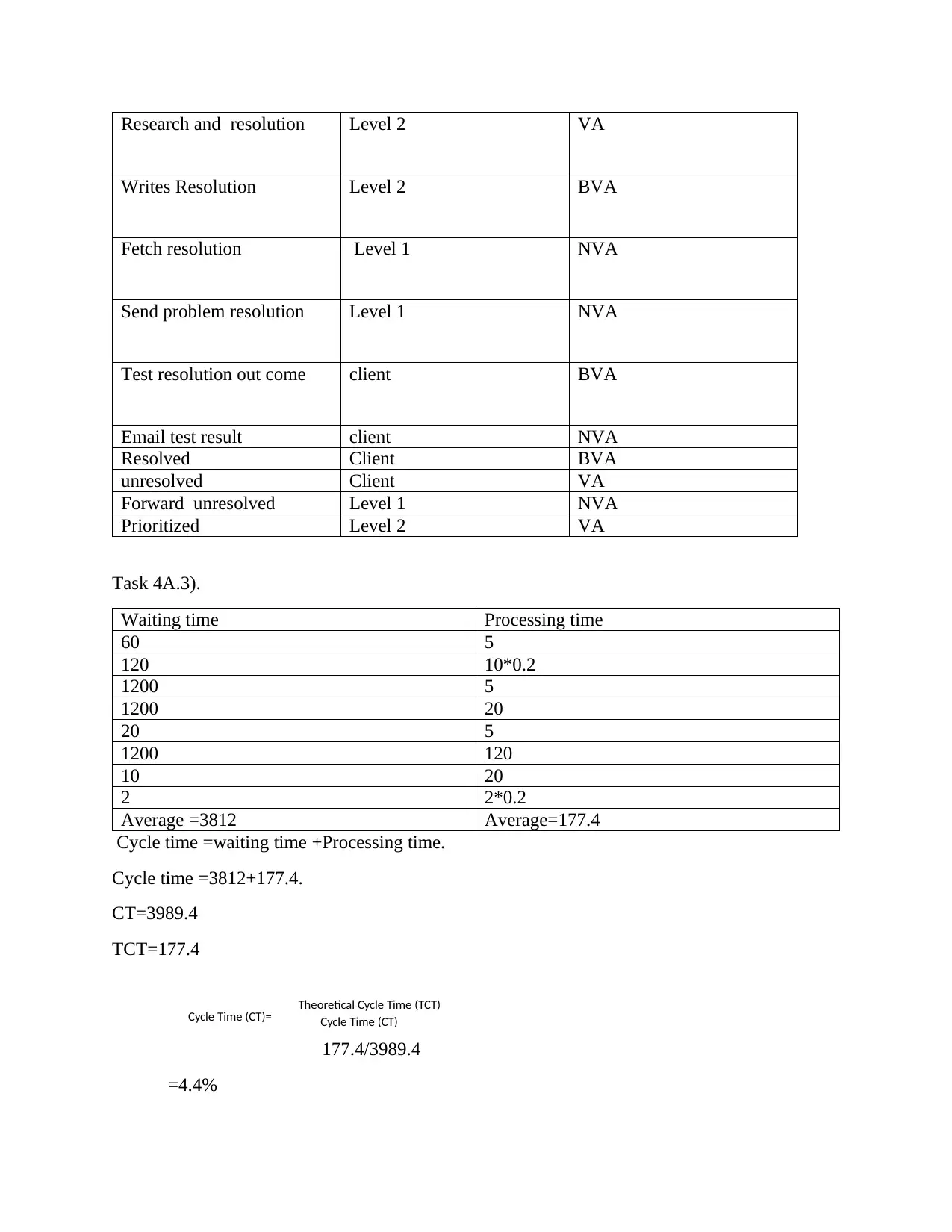

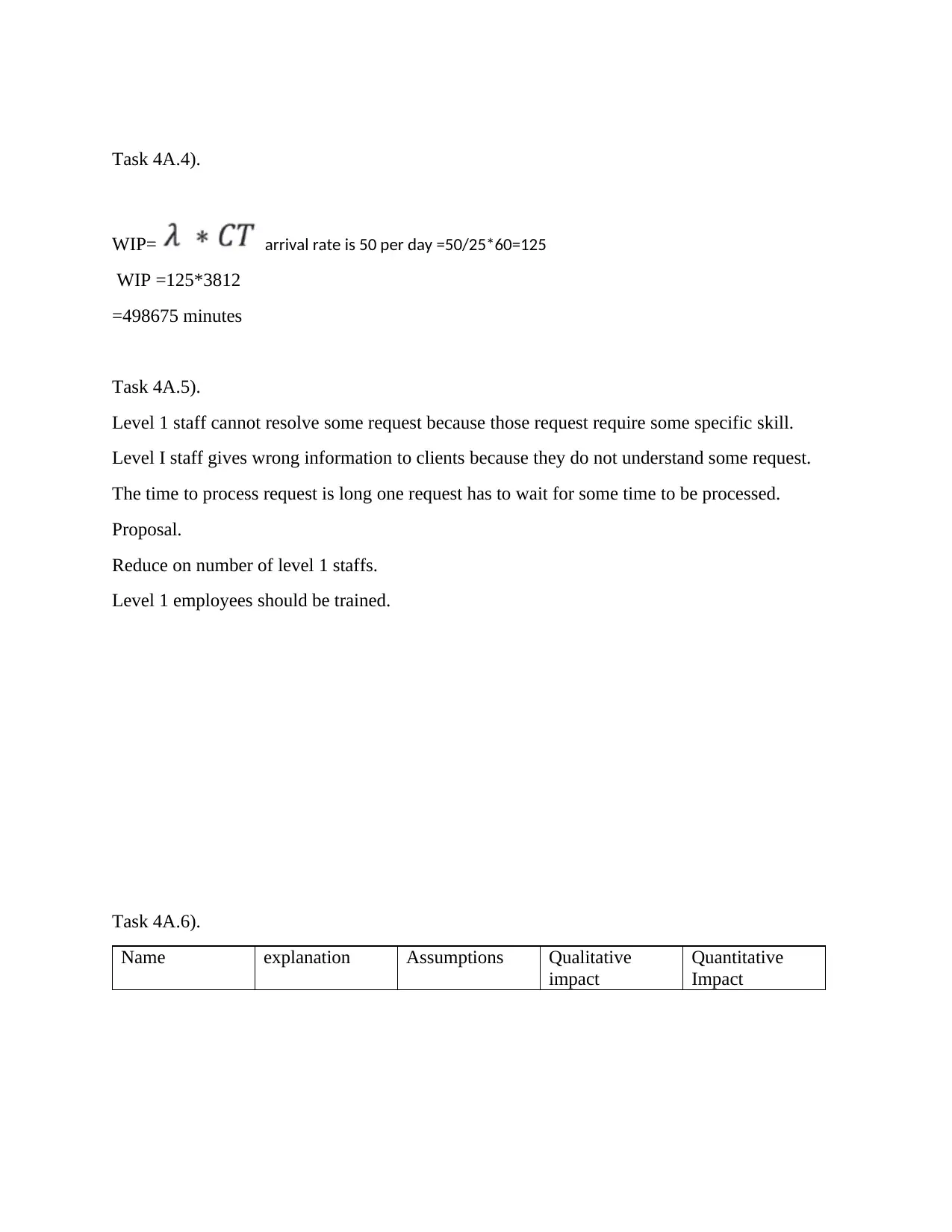
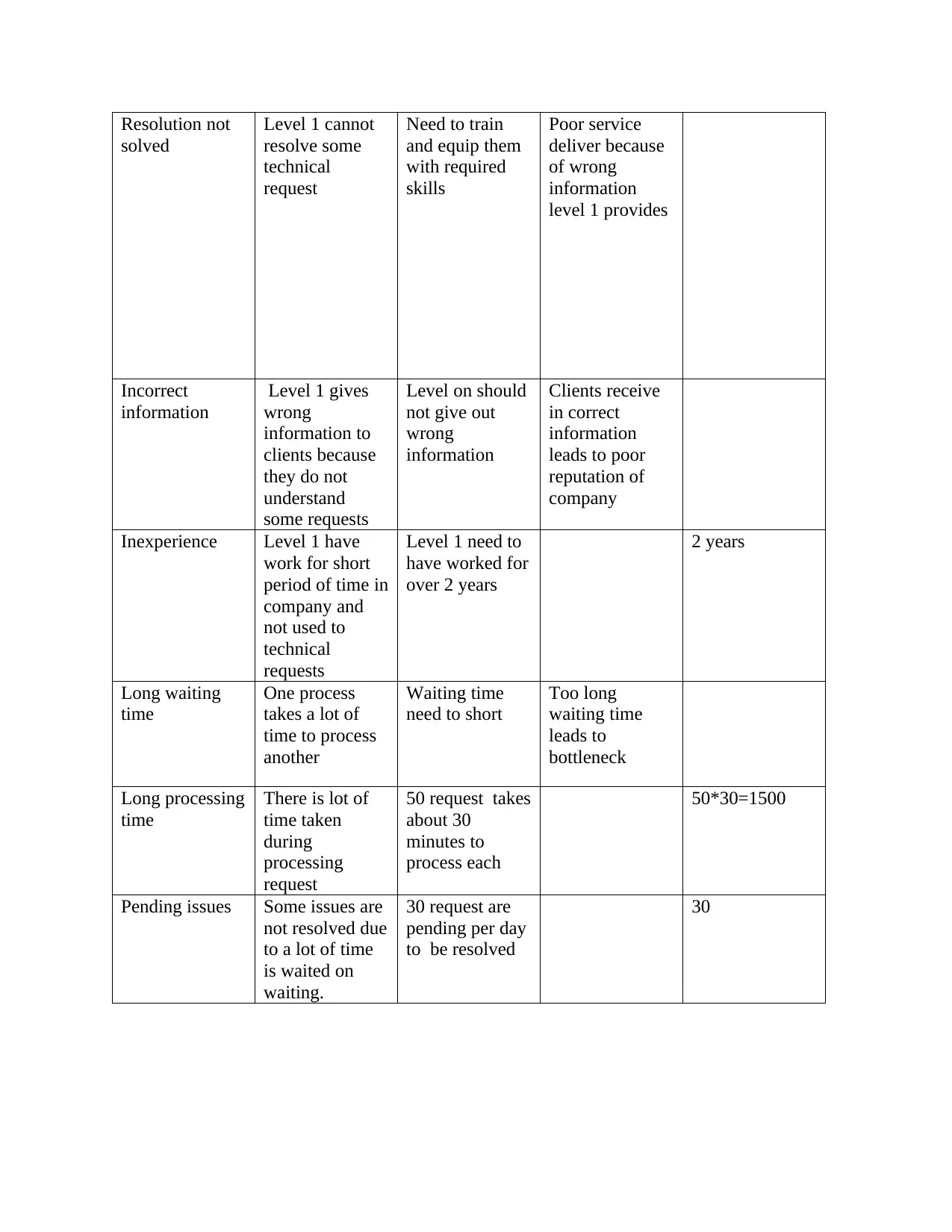
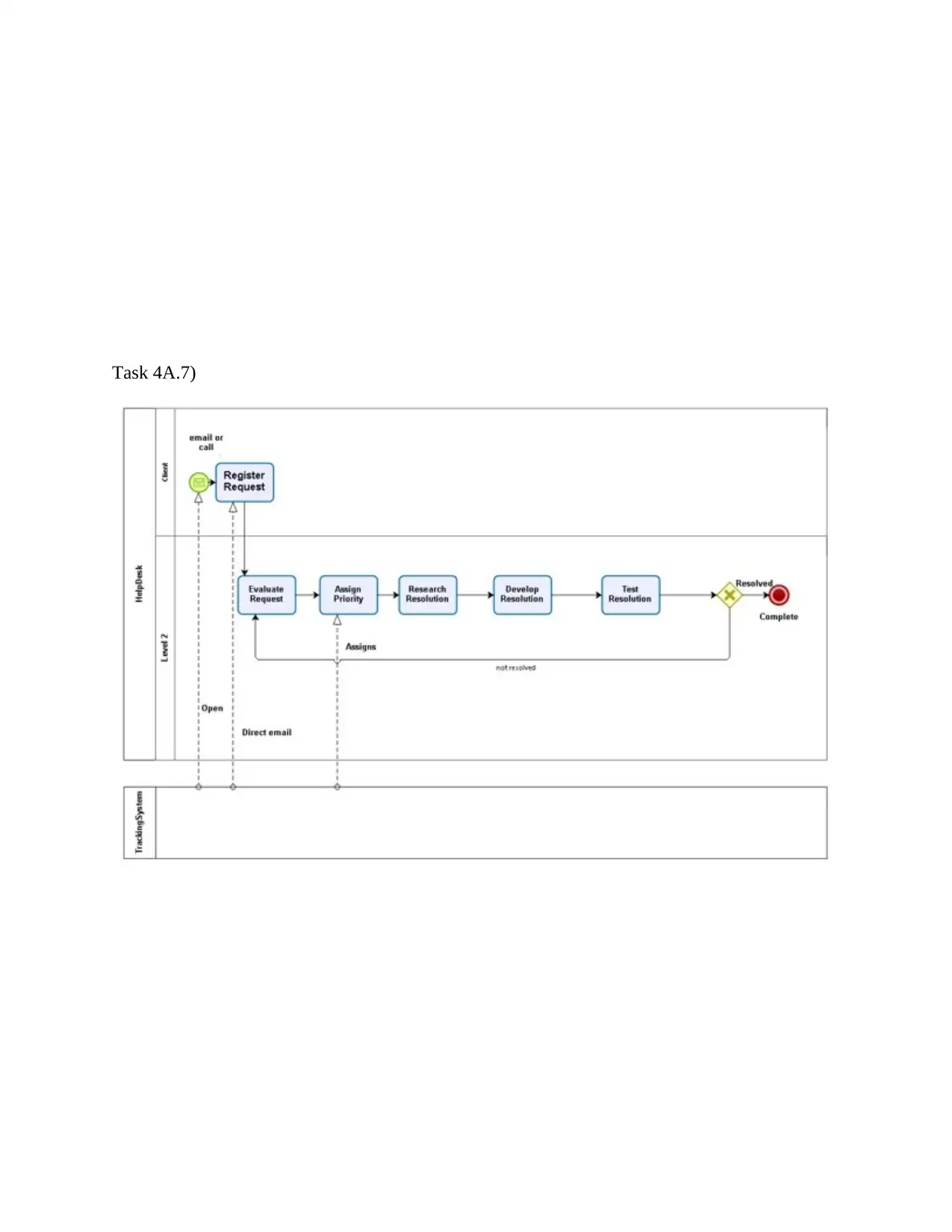
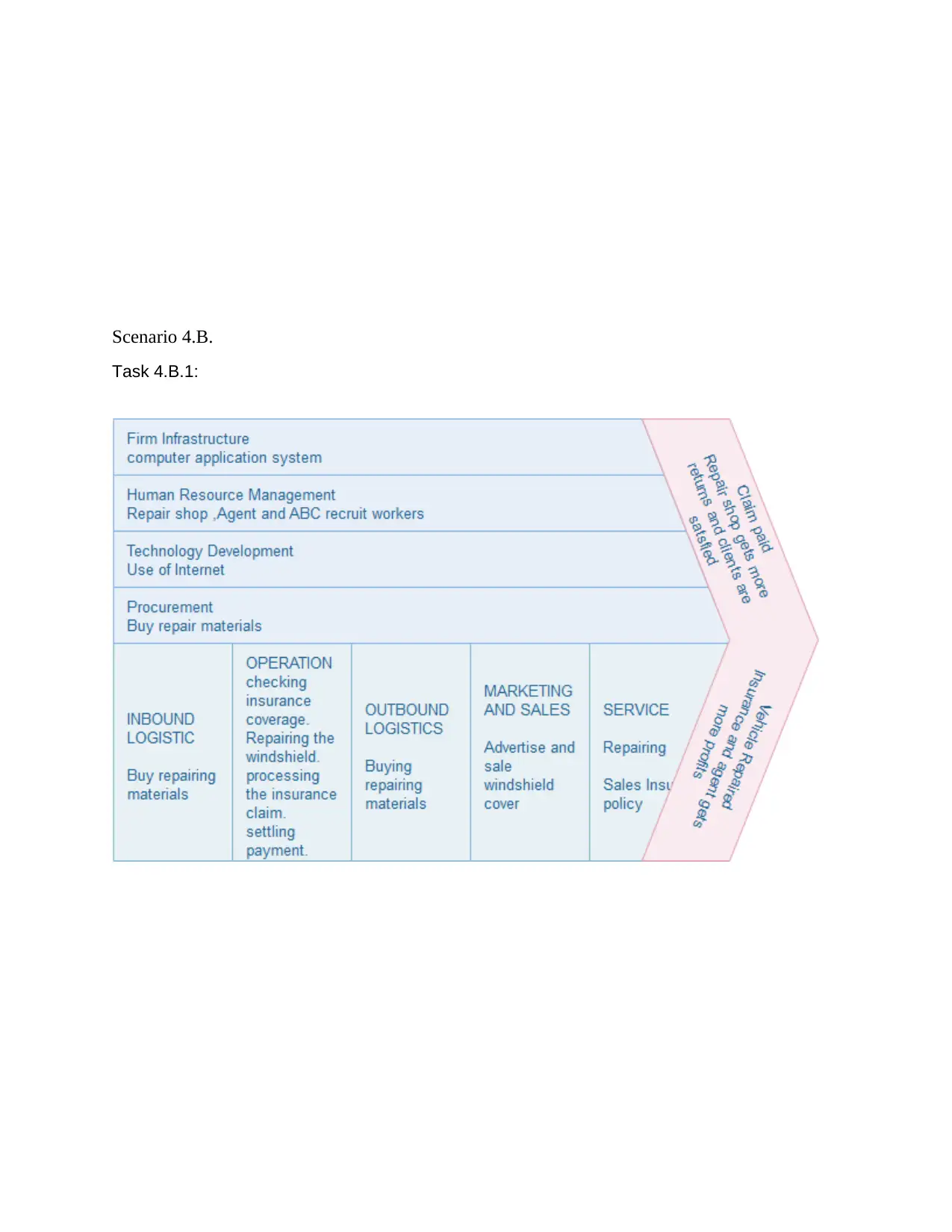
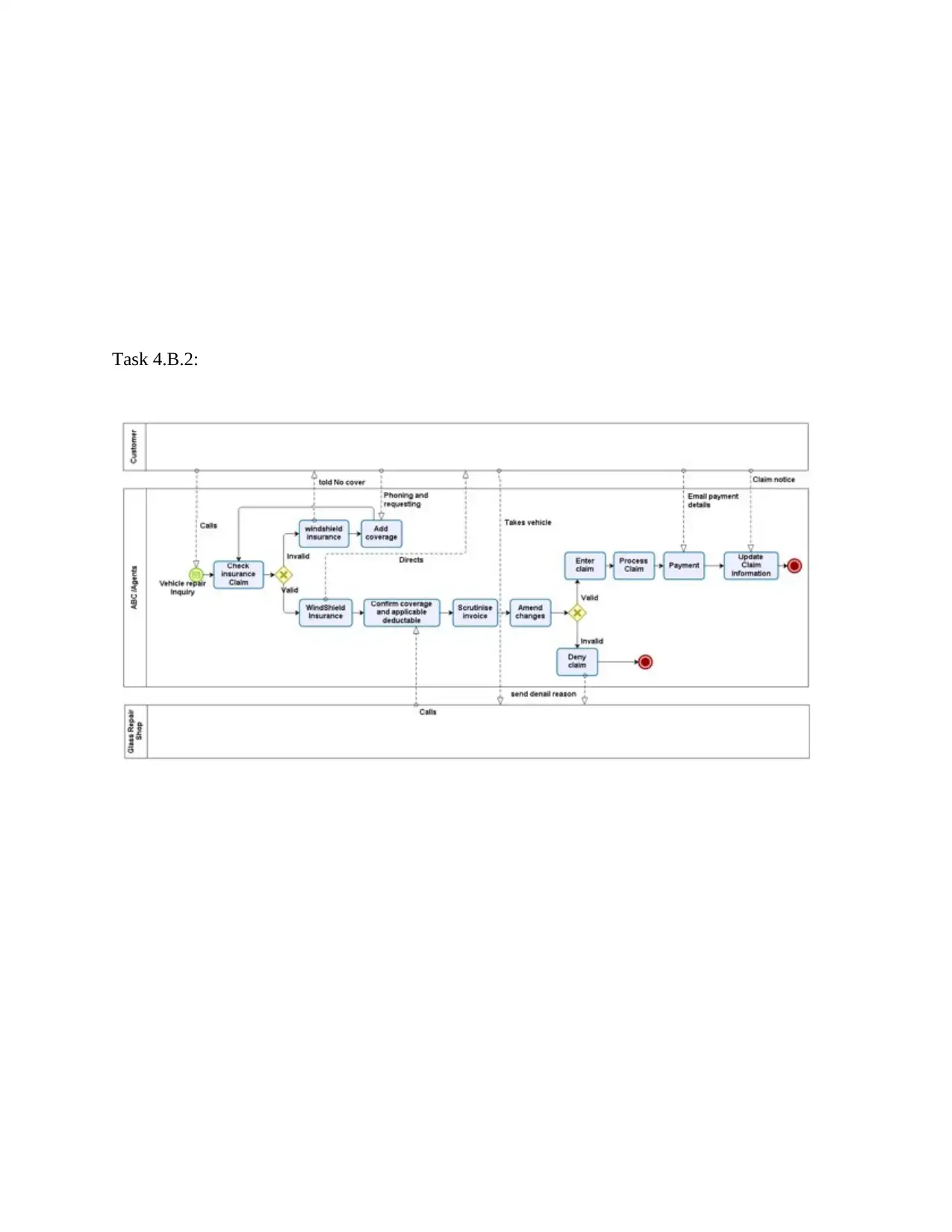
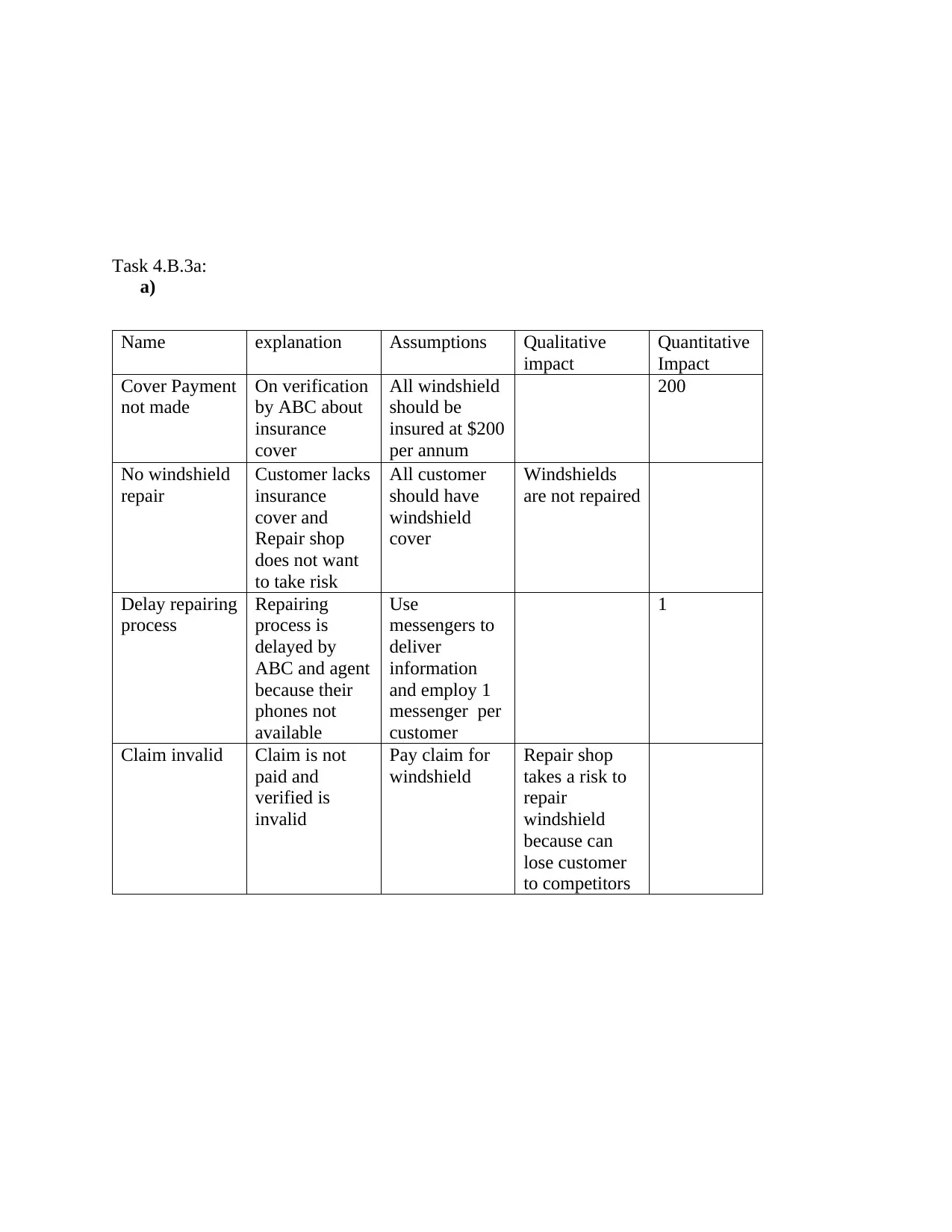

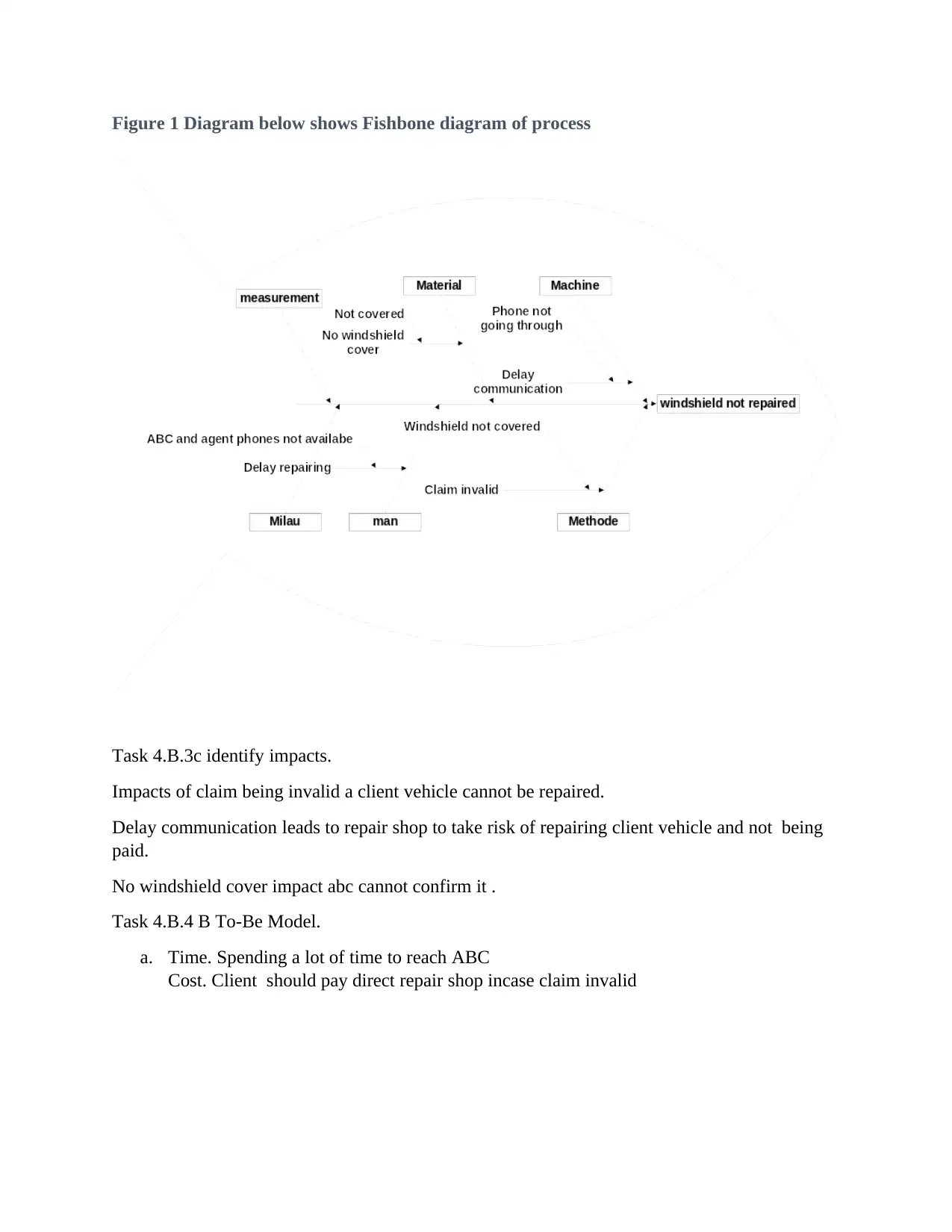
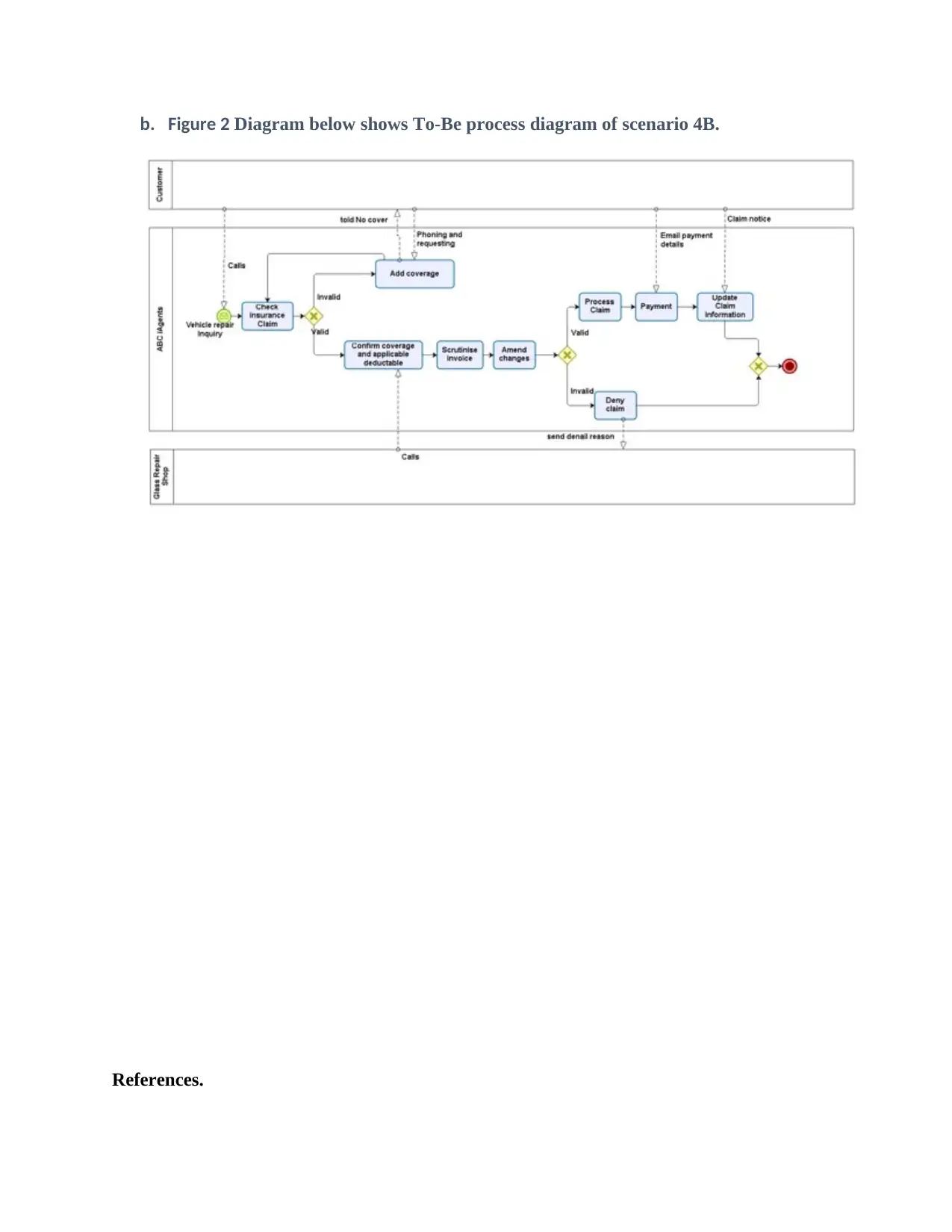





![[object Object]](/_next/static/media/star-bottom.7253800d.svg)